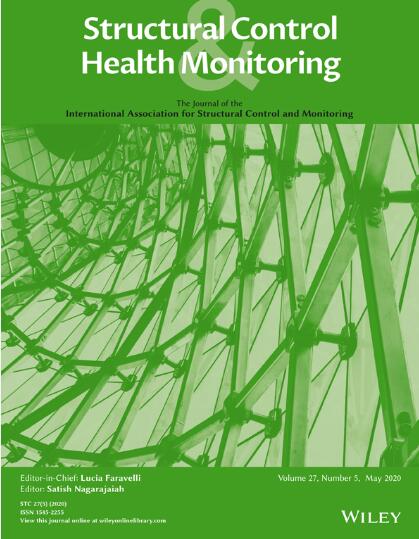Non-probabilistic Structural Damage Identification With Uncertainties by Phase Space–Based CNN
Abstract
Considering the critical role of uncertainties in structural damage detection, primarily arising from measurement errors and finite element model discrepancies, a nonprobabilistic approach based on interval analysis is proposed. This nonprobabilistic approach integrates phase space matrices with convolutional neural networks (CNNs) for damage identification. The compatibility of the phase space matrix data format with CNN allows for high sensitivity in detecting damage. Unlike probabilistic methods, this approach does not rely on specific probability distributions but considers the upper and lower bounds of uncertainties, making it highly applicable to real-world applications. The proposed method employs the phase space matrix as the input for the CNN and the elemental stiffness parameter (ESP) as the output. When accounting for uncertainties, distinct networks are developed from the upper and lower bounds of the input phase space matrix. Both the undamaged state and the state under assessment are processed through these networks. The resulting outputs enable the computation of the possibility of damage existence (PoDE) and the damage measure index (DMI), which collectively provide a comprehensive assessment of the level and probability of damage. Validation using a numerical model and experimental data confirms the effectiveness of this method in accurately determining the location and level of damage while considering uncertainties.


 求助内容:
求助内容: 应助结果提醒方式:
应助结果提醒方式:


